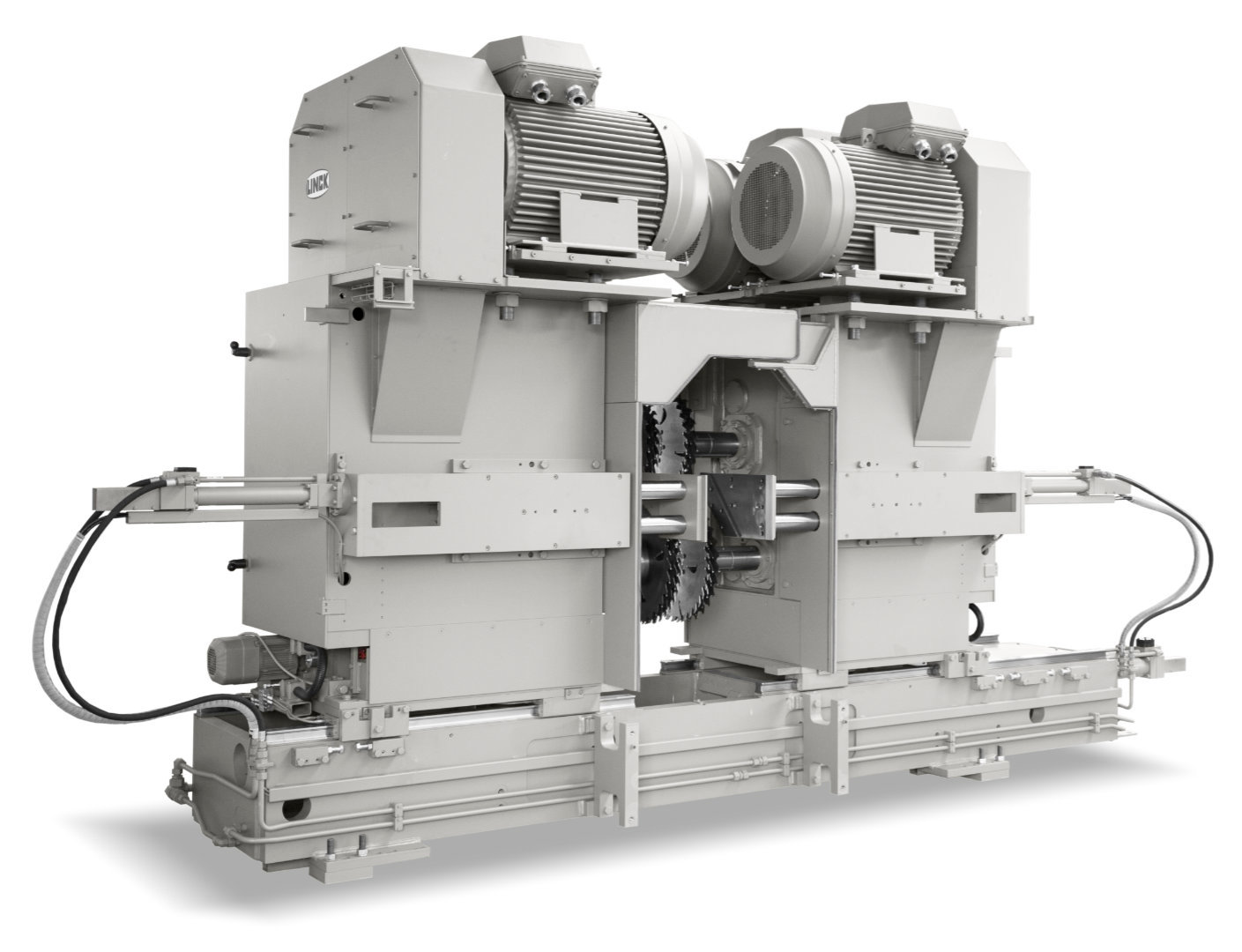RED flex
Your reducer line with merry-go-round system for high capacity within limited space
The RED flex is a chipper canter-circular saw line with reducer technology. Due to the automatic merry-go-round system allowing up to three passes, you only need little floor space to convert your logs into centre products and unedged sideboards. The processing sequence for the logs and two-sided cants is designed in such a way that the saw line achieves the highest possible capacity. As with all LINCK saw lines, you decide what you need and we design the reducer line exactly according to your requirements.
Key data
- Processing up to 75.000 m³ of round logs per year and shift
- Feed speed from 30 to 100 m/min and more– depending on the configuration
- Operating mode: processing of unsorted logs
- Merry-go-round system for two-sided cants allows up to three passes
- Log diameter, large end, 55 cm
- Log diameter, small end, 12 cm
- Log length 3,00 to 6,30 m




